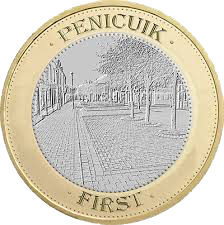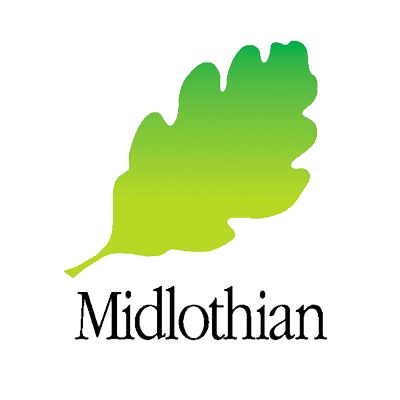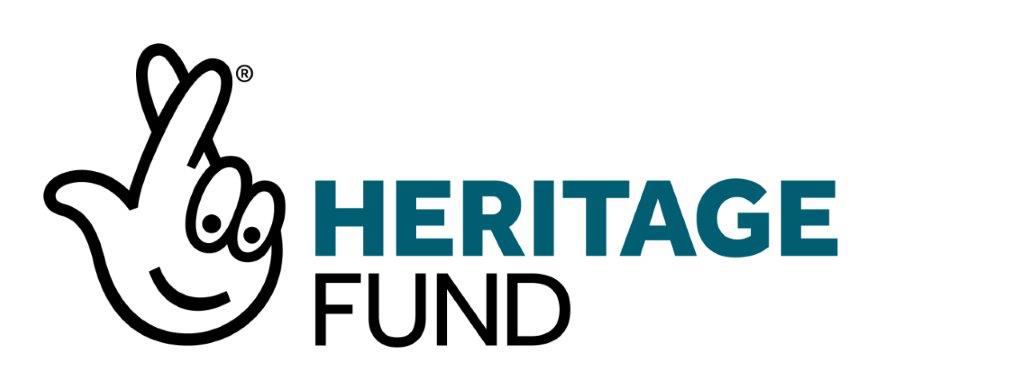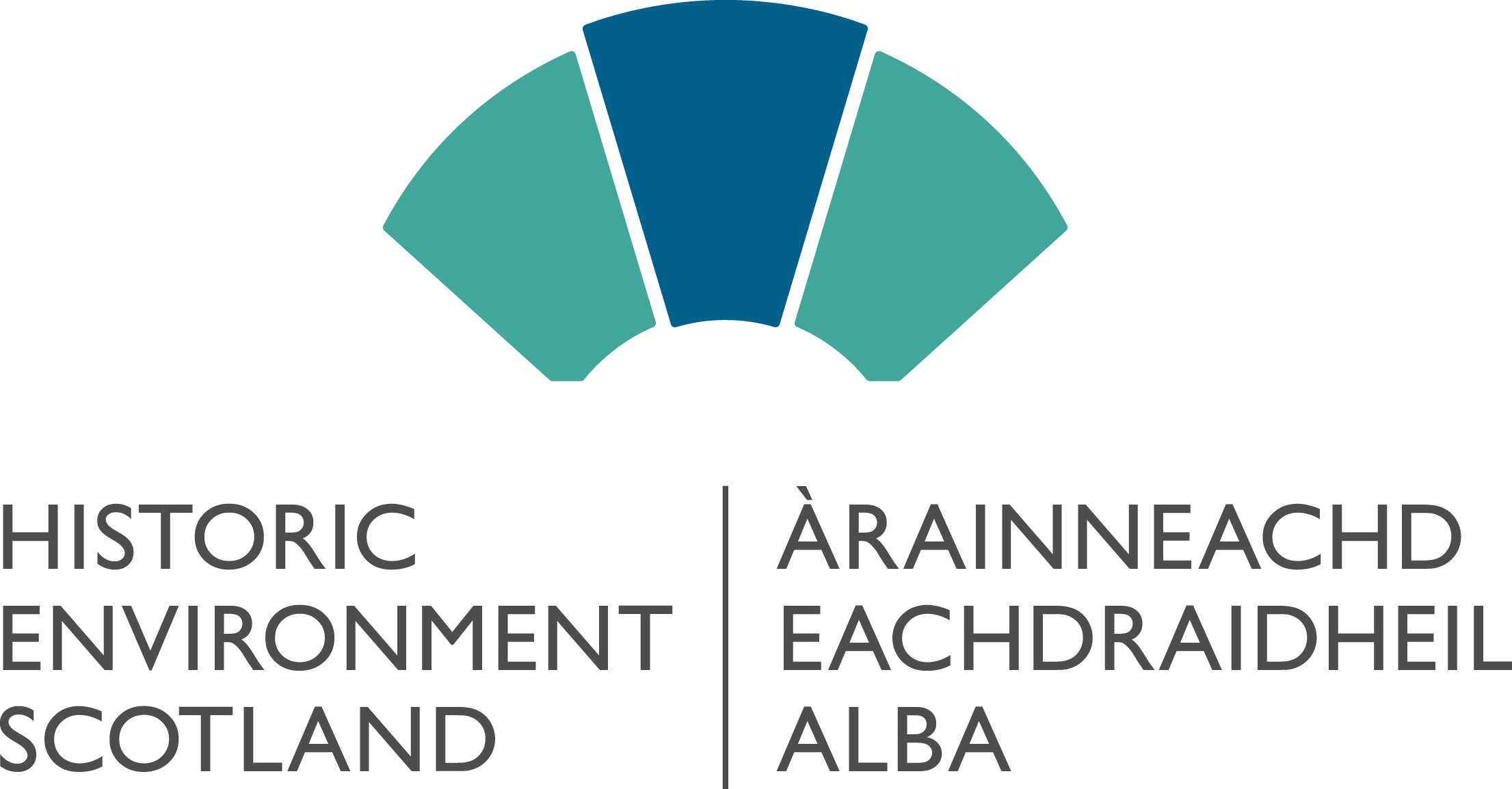The Professor and the Penicuik Experiments

Nestled away in the heart of Penicuik on Bog Road stands a building now recognised at the Navaar House Hotel. The hotel is prominent within the surrounding community as a local, family run business with warm friendly faces and a cosy stove fire. Constructed over 150 years ago as a half-timbered building, the Navaar House Hotel successfully encapsulates a piece of the 1800s.
Despite being a social hub to thoroughly enjoy some hearty meals and the company of friends in the outdoor beer garden, the hotel has historically served a rather unique purpose of curious experimentation. In the early twentieth century, this exact building was the home of James Cossar Ewart, who worked at the University of Edinburgh as a professor of natural history for forty-five years.
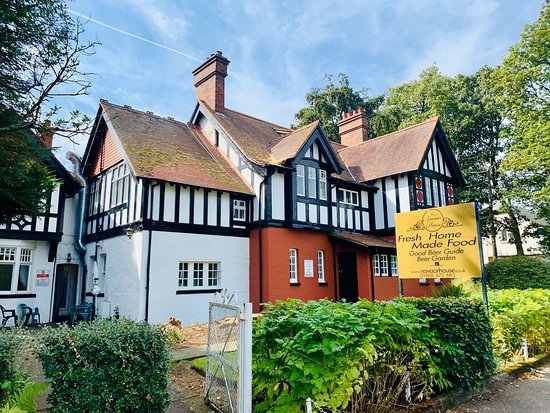
Born in Penicuik, 26 November 1851, James Cossar Ewart was educated in the town and went on to study medicine at the University of Edinburgh. Ewart graduated from the institution in 1874 with a bachelor’s degree in medicine and a master’s in surgery. Clearly fascinated by academia and his own studies, Ewart then went on to become Curator of the Zoological Museum at University College, London. This is where Ewart delved deeper into his studies of the reproductive organs in various species. The research he accumulated throughout this role became his submission for his doctorate from the school of medicine at the University of Edinburgh. James Cossar Ewart became Professor Ewart.
In 1882, Ewart became Regius Professor of Natural History at the University of Edinburgh and held this position for forty-five years, before retiring in 1927. This was undoubtedly where Professor Ewart became well established as he is most commonly known for playing a pivotal role in the development of genetic studies at the university.
Between the years 1895-1905, Professor Ewart lived at The Bungalow, the building which is now the Navaar Hotel. Just down the street from The Bungalow resides Craigiebield House which Ewart himself commissioned to be built acting as his own laboratory of experiments. It was within these grounds of 50 Bog Road that Ewart performed his most notable study, breeding hybrid zebras to assess the genetic make up of foals. Ewart wanted to properly analyse the extent of which prominent genes from a sire can infiltrate into future offspring from a dam. At Craigiebield House, Ewart bred a male Burchell zebra with a female pony to create a horse-zebra hybrid. Later Ewart bred the mare which had produced the zebra-horse hybrid with a pony only to find no zebra-like markings had been carried through by the previous sire. This experiment successfully proved the theory from the Greeks of telegony, that the offspring of a female species may carry genetics from previous mates, was completely false. These results on the hybridisation of species and the complexities of various hereditary traits were published in The Penycuik Experiments (1899).
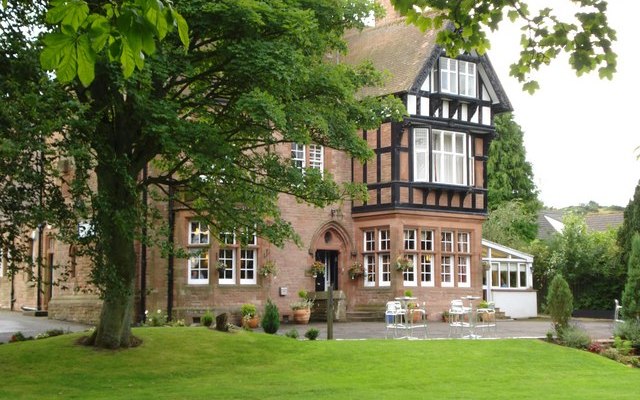
Following these initial studies, Professor Ewart’s mind began to wander further afield. He is known to have travelled as far as Australia and New Zealand to advise sheep breeders on the strongest outcomes of fleece improvements. In later life, Ewart’s goal was to create an animal bred entirely to endure South African climate and resistant to various strains of African disease. In 1913, Edinburgh Zoo opened it’s doors to the public. Ewart studied the penguins of the then newly opened exhibition and worked closely with staff to assess the origins and history of feathers within birds. It goes without saying, Ewart was extremely successful within his field. For example, in 1913 due to his expansive knowledge and experience, the Board of Agriculture
for Scotland set up a committee entirely dedicated to the study of animal breeding. In the years following the end of the First World War, this scheme was expanded creating an entirely new Department of Genetics at the University of Edinburgh which still operates to this day.
The concept of breeding for improvement of species truly became the work of Ewart’s life, he dedicated his life’s work to studying, what he viewed as, genetic enhancement; always pushing boundaries whilst delving deeper into the world of study. In 1933, Ewart became seriously ill leading to his death in his home on New Year’s Eve. His legacy lived on in the form of the
various groups he inspired. Even to this day Ewart’s influence remains prominent within Penicuik. Should you happen to be strolling through the
corridors of Craigbield House, be sure to take a moment to seek out the carved animals in the corbels of the bay window. An ode to Professor James Cossart Ewart’s extravagant experiments and zoological studies resides within the walls of the two buildings he lived and worked in
nestled away on Bog Road, Penicuik.
